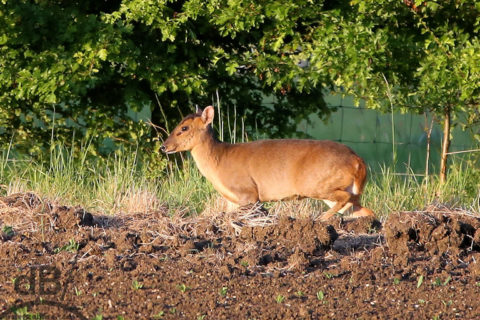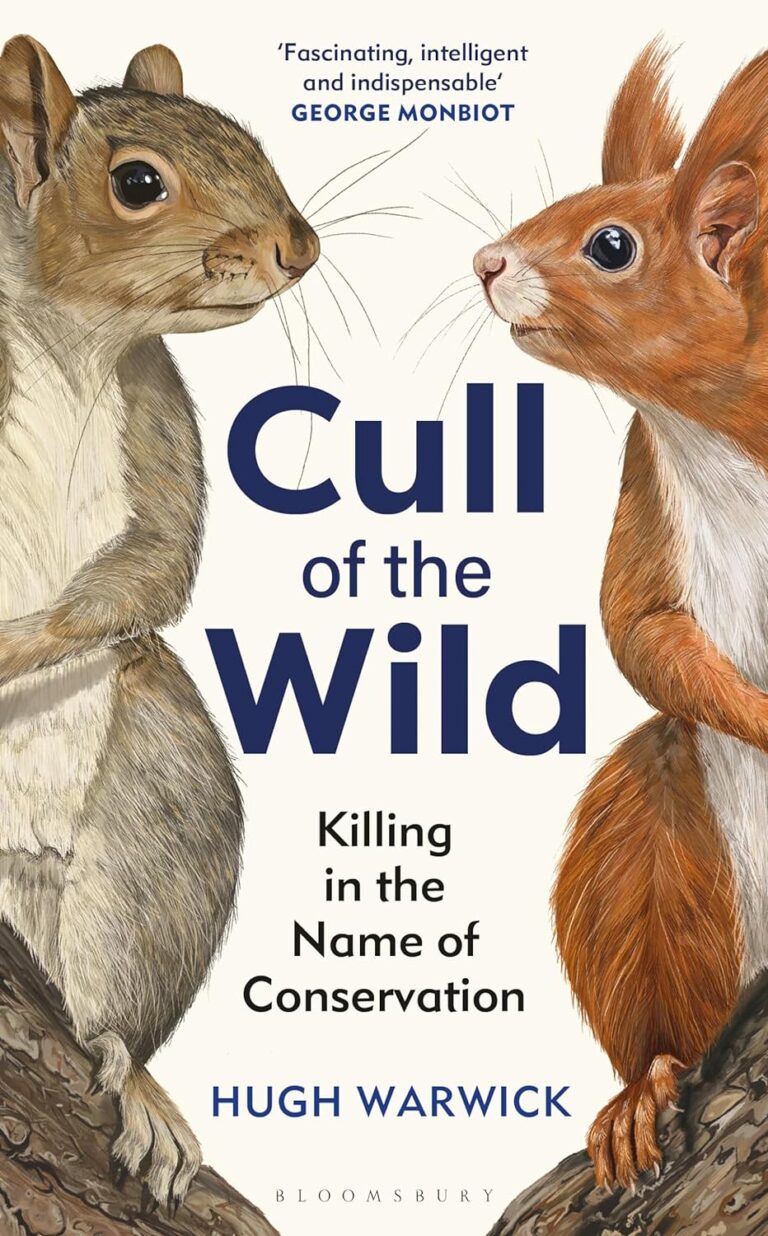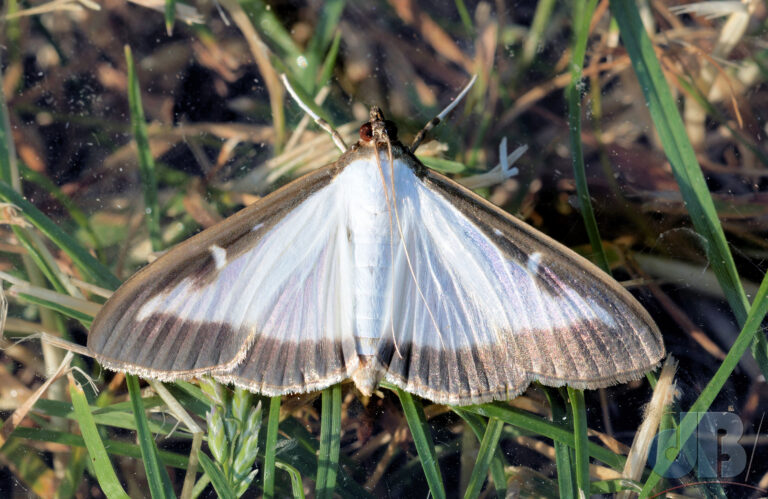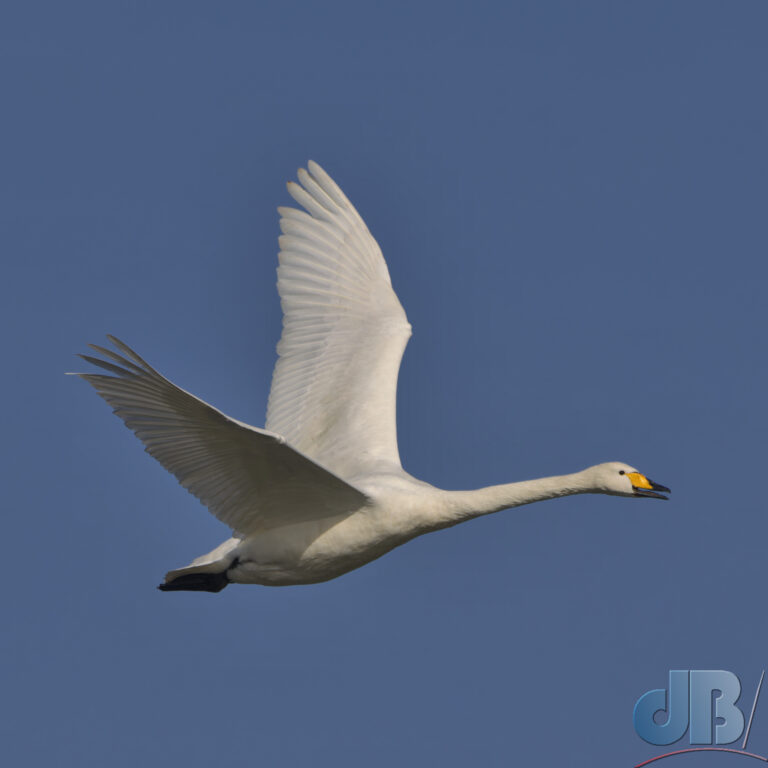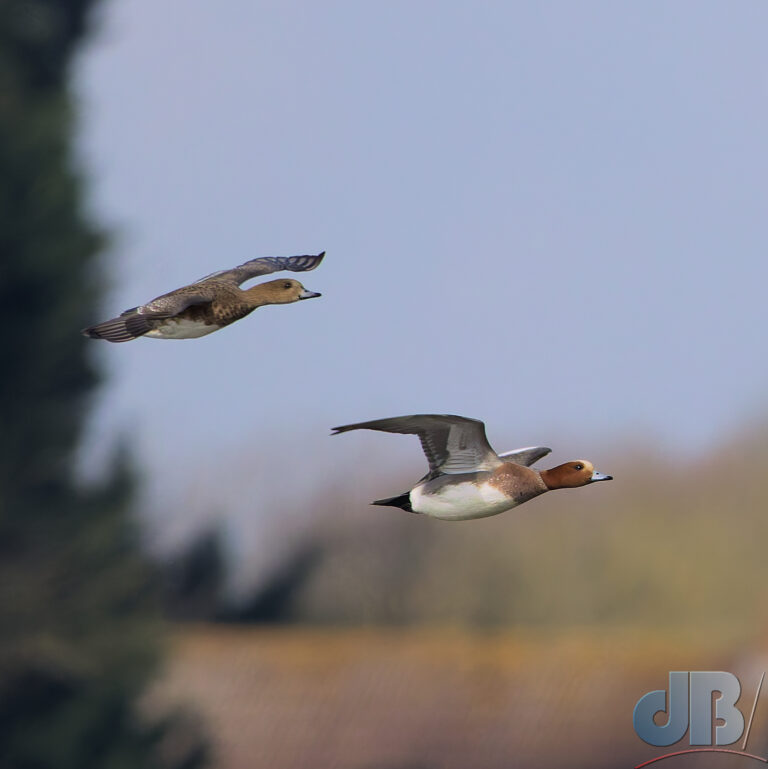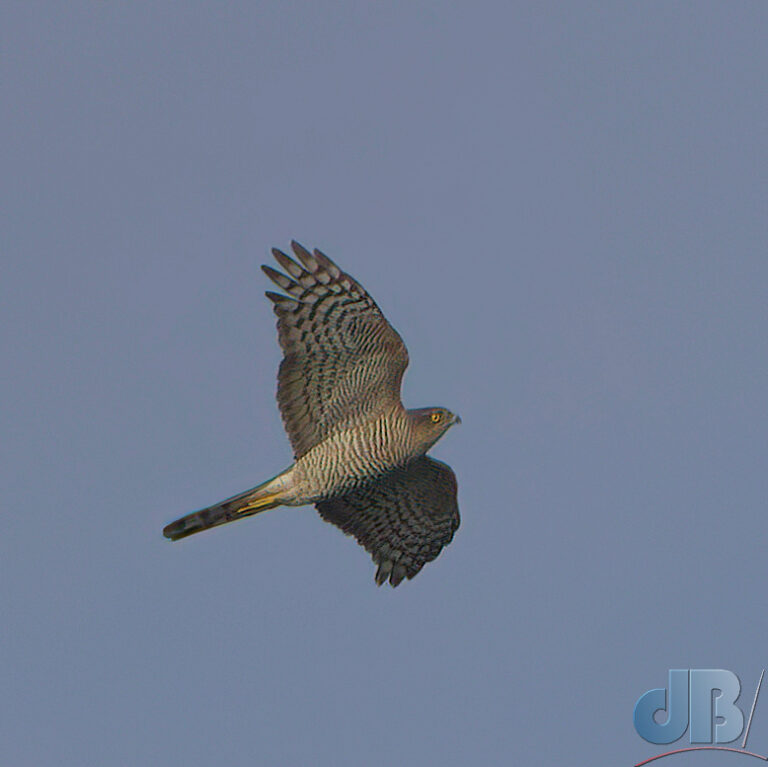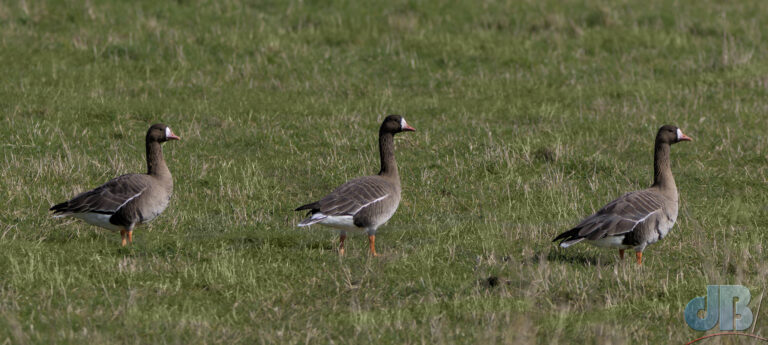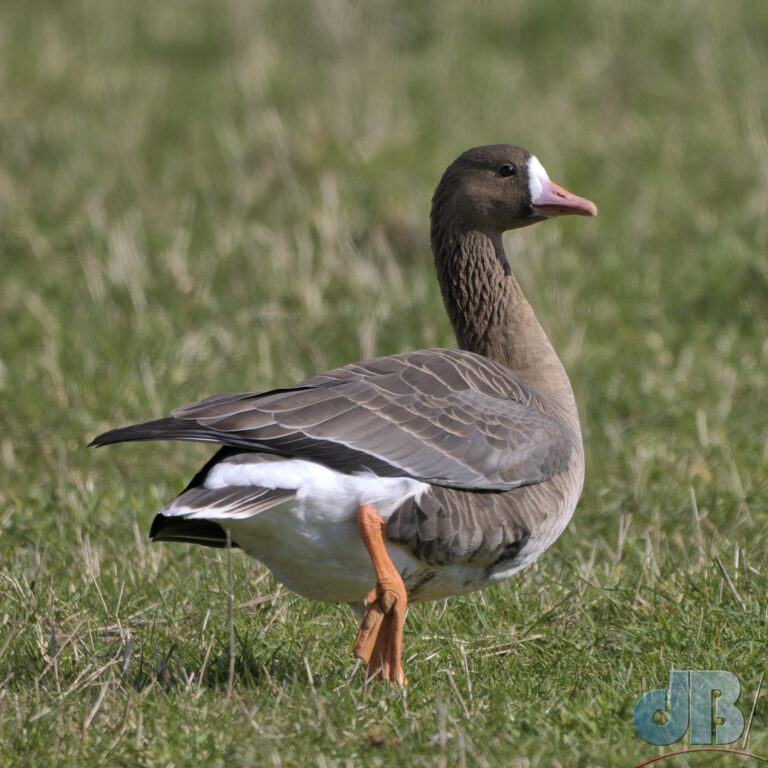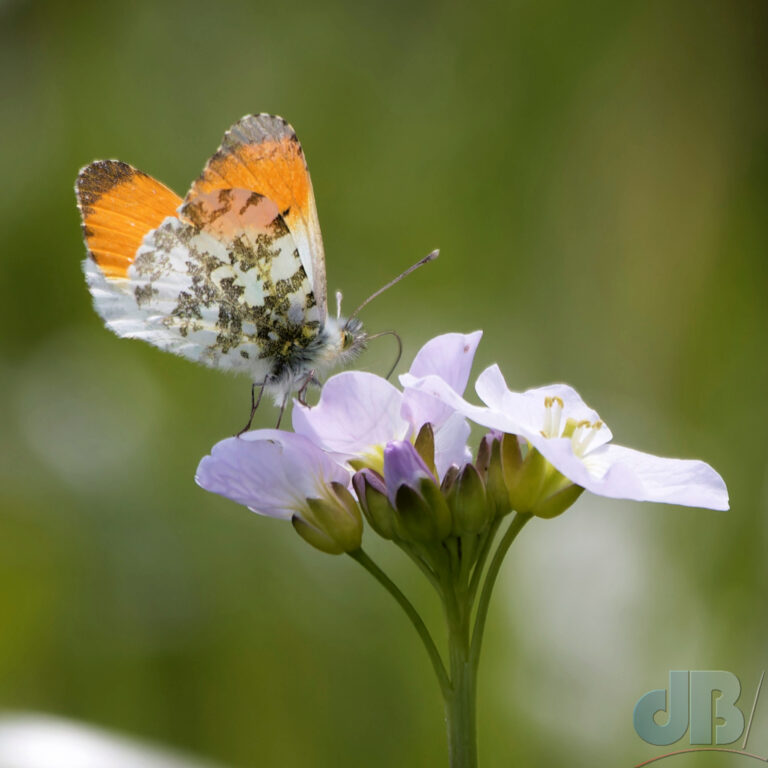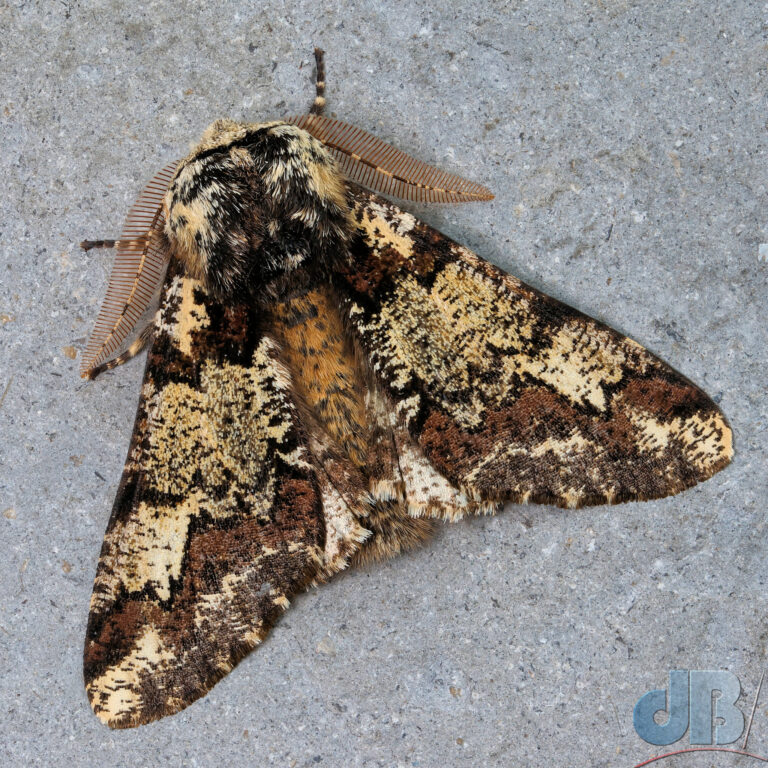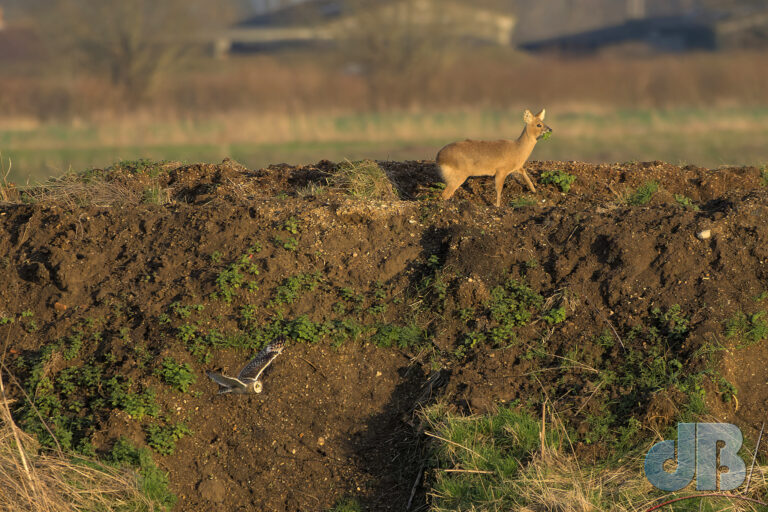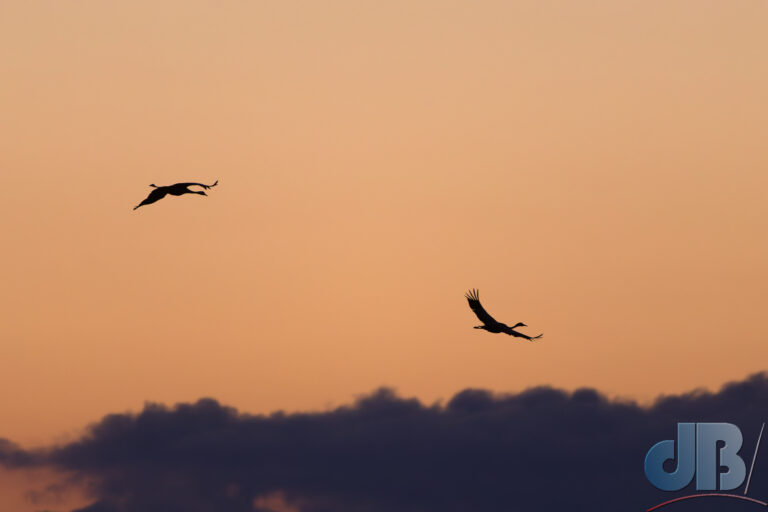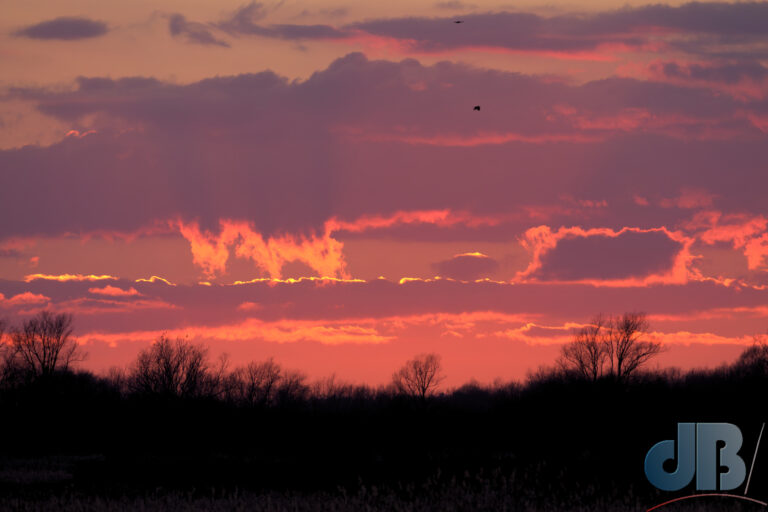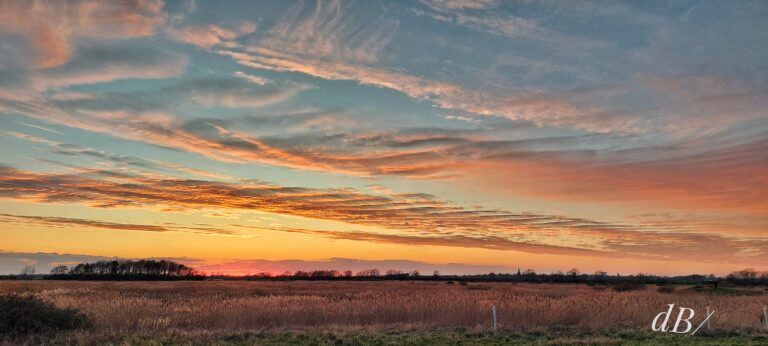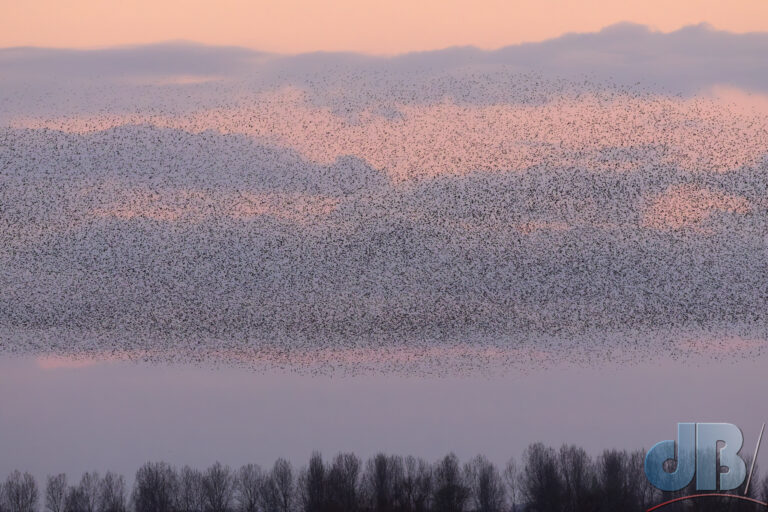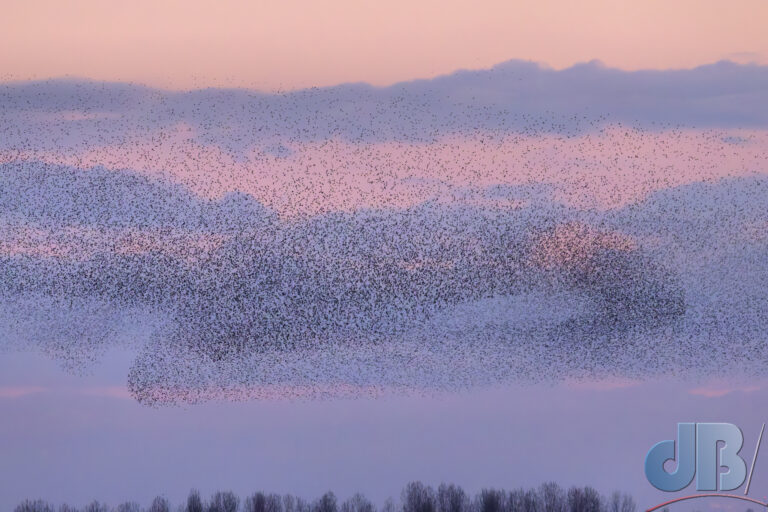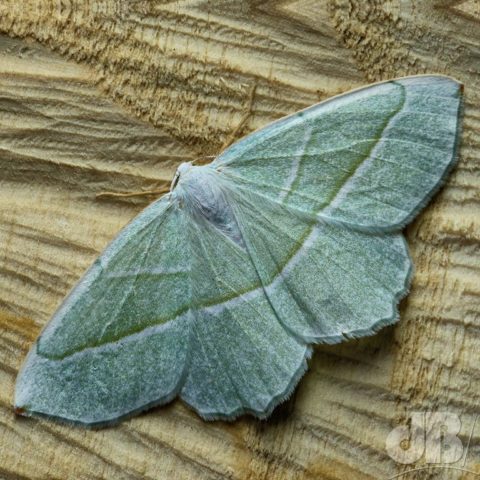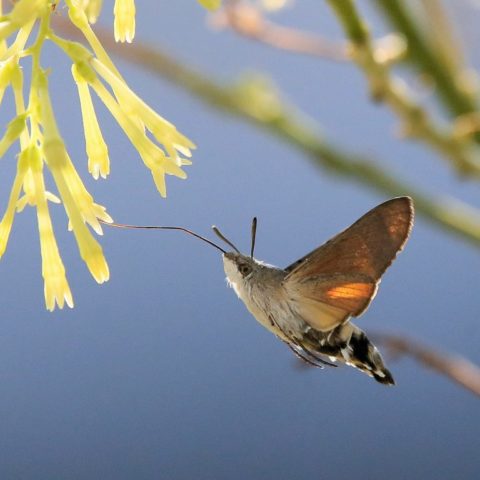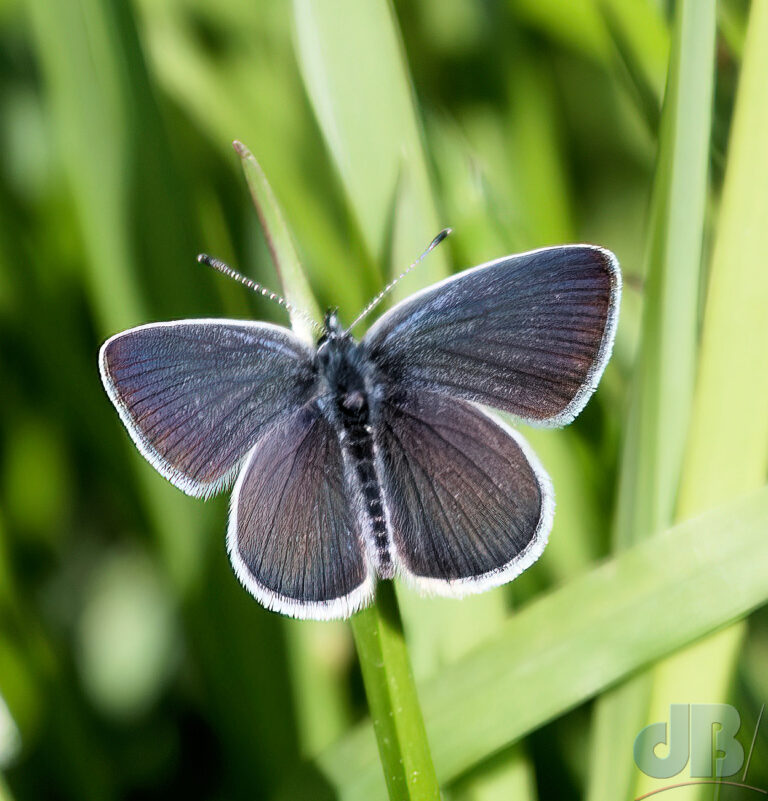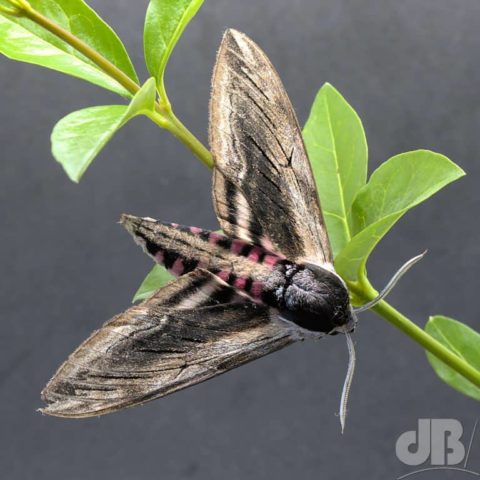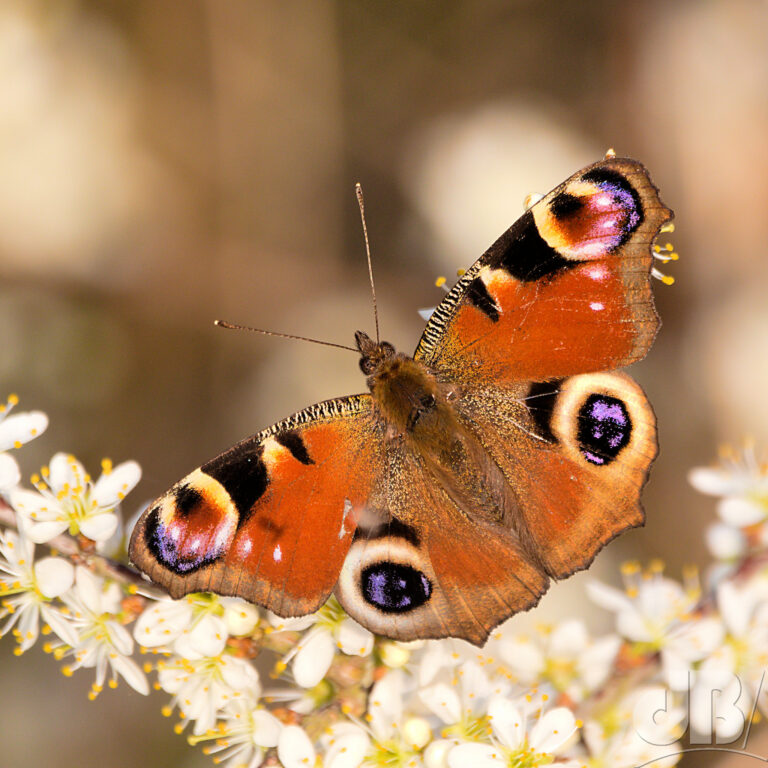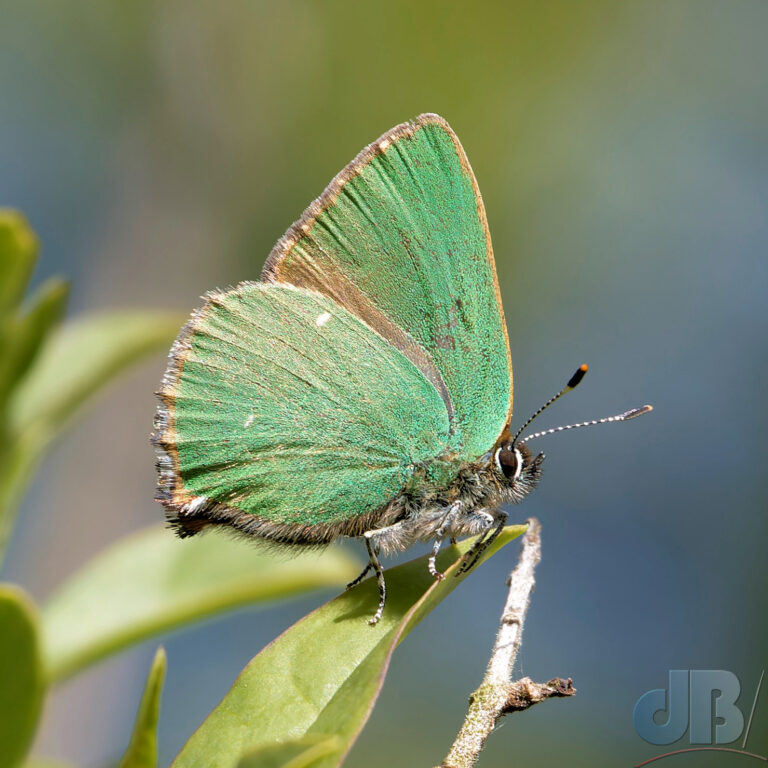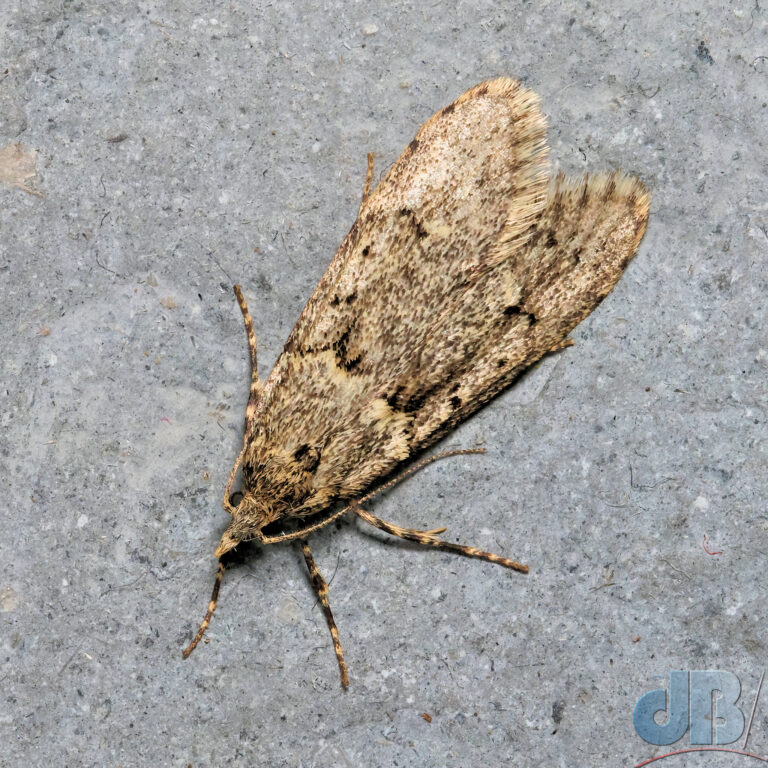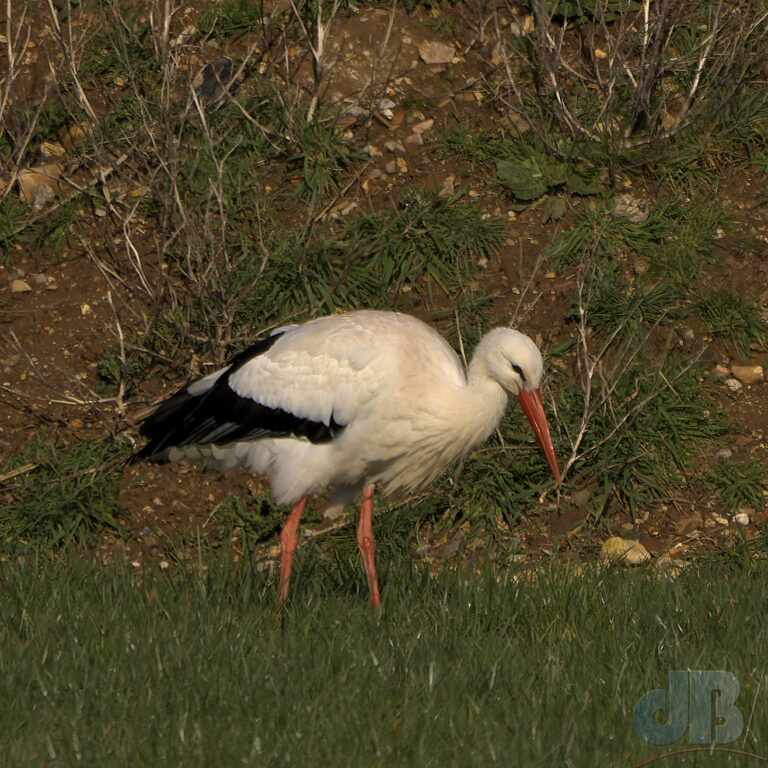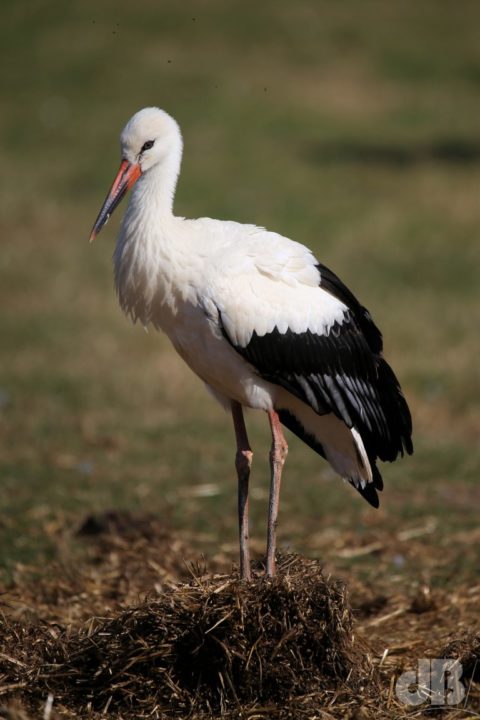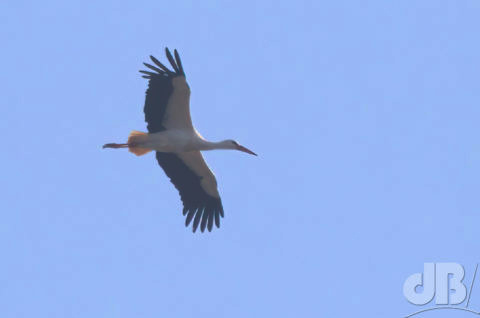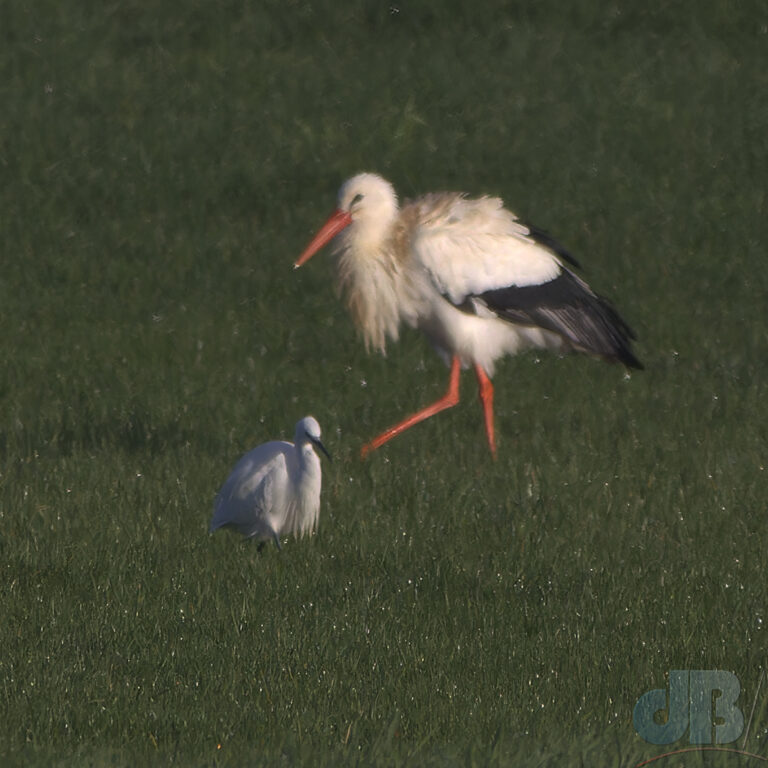Yesterday, I spotted a Sandwich Tern, Thalasseus sandvicensis, colloquially known as a Sarnie, patrolling the open river lock at Brownshill Staunch on the Great River Ouse. It flew back and forth over a stretch of about 200 metres for 20 minutes or so before heading off downstream.
The river cuts through the RSPB Ouse Fen nature reserve (I’d walked in from the Over end rather than Needingworth). The lock is currently open to allow flood water to run to the sea, although it’s not flowing as violently as it was about a month ago.
Anyway, I’ve seen several Common Terns fishing on this reserve and a Black Tern fly through one pre-covid summer. But, a Sandwich seemed unusual so I posted my spot to the local patch’s birding social media group when I first saw it. There was a flurry of interest and one member, Richard Thomas, keen to see the bird, headed to the Staunch. Unfortunately, for him the bird had moved on by the time he arrived, and I hadn’t checked back in on the group after my initial update to let them know. He dipped out. My bad.
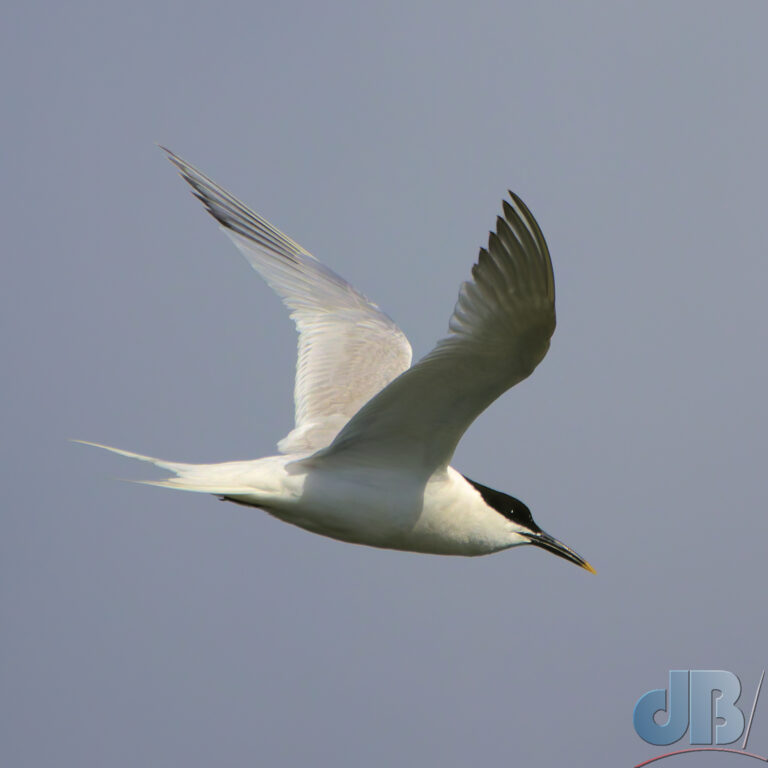
I later spoke to Richard about the presence of the Sandwich Tern. I had assumed it wasn’t a so-called mega rarity, but still its presence was rather unusual. He told me he thinks they’re almost annual in this area despite their being so obviously coastal feeders and breeders.
“Sandwich Terns are just about annual locally – I’ve seen them on six occasions in 20 years and missed them more times than that,” Richard told me. “They are an absolute pain in the neck because they rarely stay more than a few minutes. I’ve been lucky on four occasions with “fly throughs” (including a flock of seven at the Brownshill Staunch).” He added that they’re annual at Grafham Water reservoir, which isn’t far from here either and a nice birding spot, but again, he says, they were almost invariably fly throughs.
There was a subsequent flurry of activity in the social media group, my having alerted the birders to the presence of the species, and it was quickly tracked down to yet another patch of old gravel pits turned nature reserve, RSPB Fen Drayton. Several birders were excited to know it was there and surprised that it had roosted rather than flying through.
The River Great Ouse empties into The Wash on the north Norfolk coast. It’s worth noting that Brownshill Staunch, which lies on the Greenwich Meridian, is the last stretch of the river that still feels the effects of the tide. In recent weeks, my fellow togger friend Andy Hoy saw a seal sunning itself on the riverbank at this point. It had presumably swum upstream from the coast. Seals are not uncommon on the river, although they’re usually seen further downstream. In the summer of 2023, a female dolphin and two offspring were seen on this stretch of river too.
Richard has the last word in adding that one good tern deserves another, he suggests that Caspian Tern or Roseate Tern would be firsts for the patch should they turn up…
Latest intel on the Sarnie is that it’s feeding on the river near Ferry Lagoon at RSPB Fen Drayton 18h00 on the 18th April. On the 17th it roosted on the islands in the Lagoon.
